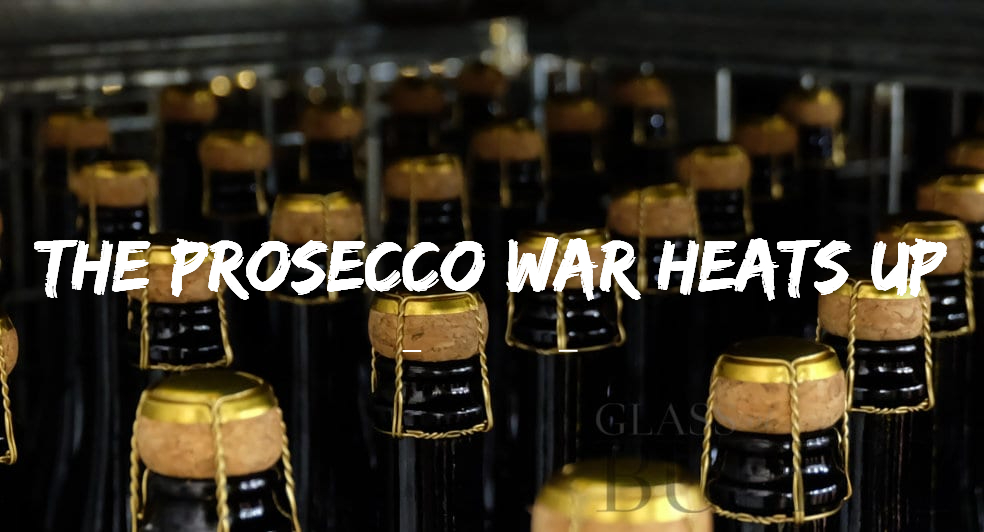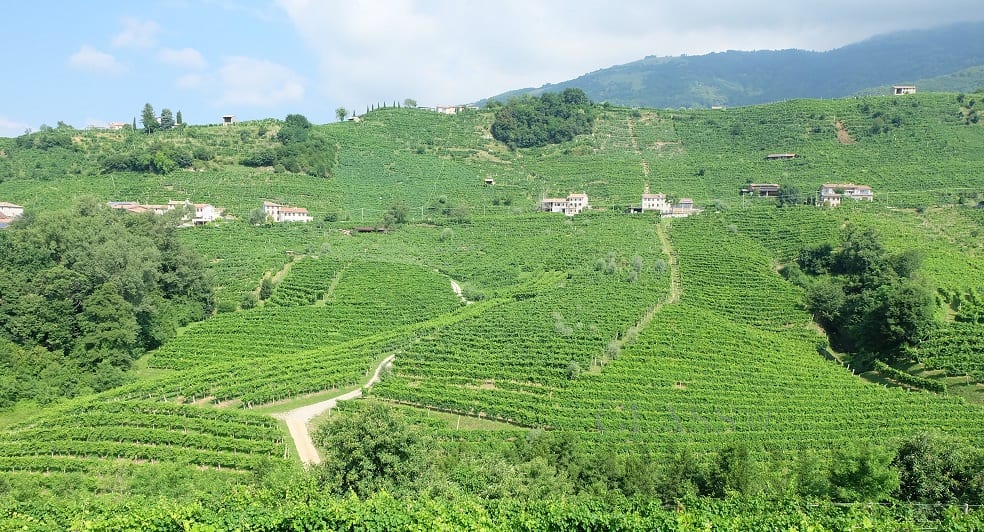The Prosecco War Heats Up
2nd May 2023

With negotiators seeking to finalize a free trade agreement between Australia and the European Union before a mid 2023 deadline, conflict over use of the term Prosecco by Australia’s wine industry has (again) emerged as a major sticking point.
The proposed free trade agreement will significantly improve Australia’s access to the large and wealthy European Union market. Australia is seeking elimination of tariffs, which currently reach up to 12%, on a range of industrial goods and expand access for agricultural exports including meat, sugar, and cheese. At the same time, Australia will cut tariffs on imports from the EU. Overall, the agreement is designed to reduce bureaucracy and increase the ease of doing business between both parties.
Why the term ‘Prosecco’ Matters
The EU geographical indications (GI) system functions as a sort of ‘intellectual property rights system’ for food and wine. It protects the names of designated products that are linked to a specific geographical area, preventing others from using them. ‘Champagne’ is perhaps the most well-known example. Fundamental to the GI system is the concept of ‘terroir’, or the idea that the taste and character of the product is a result of the specific environment in which the product is produced.
Approximately 5,000 wine and food products are included in the system. The protected designation of origin (PDO) and, less restrictive, protected geographical indication (PGI) categories include a wide range of products, such as Klamata Olive Oil (PDO), Roquefort (PDO), Chianti (PDO) and Charentais (PGI). France has registered 443 GIs for wine alone, while Italy has 530. To enter into the free trade agreement the EU requires its trading partners to protect and enforce the geographical indications.
The Debate over Prosecco

Fundamentally, the debate focuses on the very nature of Prosecco itself. Is it a grape variety grown around the world or a sparkling wine that can only be produced in Italy?
A sparkling wine (spumante), named for the Prosecco village near the city of Trieste, has long existed, with the historical record dating back at least to the 16th century. The local geography of the area, characterized by grassy terraces around Colline del Prosecco di Conegliano e Valdobbiadene, a UNESCO world heritage site, creates a unique viticulture landscape. In Italy, Prosecco can only be produced in the Prosecco DOC and two smaller areas: Conegliano Valdobbiadene – Prosecco (DOCG) and Asolo – Prosecco (DOCG).
However, the term Prosecco was also used for the grapes from which the wine was made. This became an issue in 2009 when Italy sought to obtain the higher DOCG status for the Conegliano Valdobbiadene – Prosecco geographical area. Not only was the Prosecco grape grown outside the proposed DOCG, as well as internationally, but the grape shared a name with the larger Prosecco DO.
To resolve this issue, the name of the grape variety was changed to a synonym long in use: Glera. Once the DOCG status was approved in 2009, the term Prosecco, from the EU perspective, could no longer be used for wines produced outside of the approved geographical areas.
Prosecco in Australia

Prosecco vines were first planted in Australia in 1999 by an Italian immigrant from the Valdobbiadene, Otto Dal Zotto. Since then, Australia’s Prosecco industry has grown rapidly. In December 2021 Australian Prosecco production was estimated at $205 million, up from $60 million in 2017. Nearly all the wine is sold on the domestic market. Prosecco is cultivated in 20 wine regions in Australia and is the 8th most produced variety.
To support their continued use of the term Prosecco, Australian winegrowers argue that Prosecco is the name of a grape variety, grown around the world. They caution that its use as a geographical indicator could lead to restrictions on other varieties such as Montepulciano and Barbera. Rebranding their wine would also be costly for the industry and potentially lead to job losses.
Indeed, the Proseccos GIs are but three of the more than 50 new wine GIs the EU is asking Australia to protect under the proposed agreement. Others include Picpoul de Pinet (France), Cebreros (Spain) and Bürgstadter Berg (Germany). Australia has long had a Wine Agreement with the EU that includes protections for over 2000 GIs, such as Champagne and Burgundy. Similarly, over 100 Australian wine GIs such as Barossa Valley and Margaret River are protected within the EU.
Where Things Stand Now
Currently the Australian government is accepting submissions from stakeholders who object to the new GIs, through April 21. The Australian government will use the feedback to inform their negotiating position. This is a long simmering issue, the EU had previously tried to register Prosecco as a GI in 2013, but this was denied after objections from The Winemakers’ Federation of Australia.
The fourteenth round of negotiations concluded in February; additional negotiations are scheduled for later this month.
![]()
Dona J. Stewart
WSET level 3 wine educator and former geography professor. Though extremely fond of Champagne, she loves to explore the whole world of sparkling. She strongly believes bubbles can and should be enjoyed every day! www.savoirwineacademy.com
